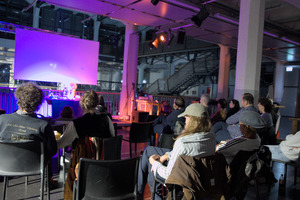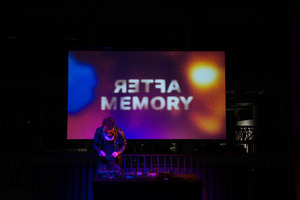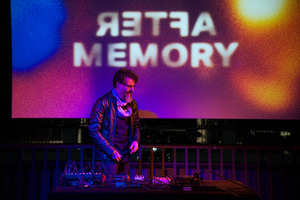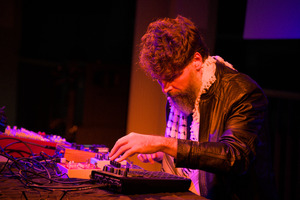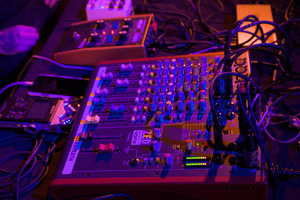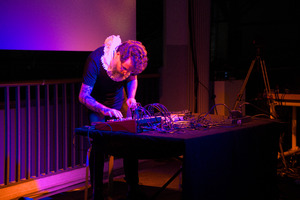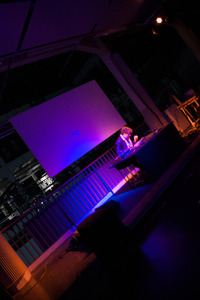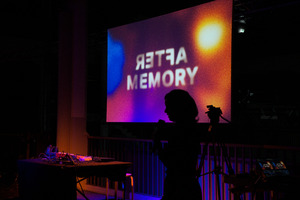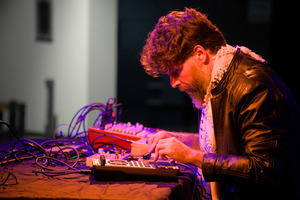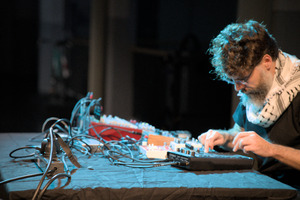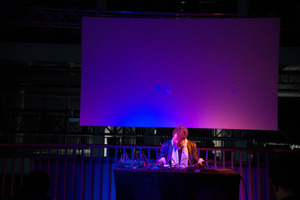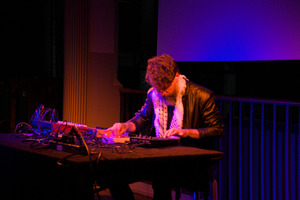"CC BY-NC-SA: Namensnennung, nicht kommerziell, Weitergabe unter gleichen Bedingungen"
| Begriff | CC BY-NC-SA: Namensnennung, nicht kommerziell, Weitergabe unter gleichen Bedingungen |
| Metakey | Rechtsschutz/Lizenz (rights:licence) |
| Typ | Keyword |
| Vokabular | Rechte |
347 Inhalte
- Seite 1 von 29
Transient #6
- Titel
- Transient #6
- Titel
- Transient #6
- Titel (en)
- Transient #6
- Urheberrechtshinweis
- Pedro Oliveira, After Memory, photo: Helena Palomero Gorrindo
- Rechtsschutz/Lizenz
- Medienersteller/in
- Beziehung/Funktion
- Importiert am
- 05.11.2024
- Übergeordnete Sets
- 1
Transient #6
- Titel
- Transient #6
- Titel
- Transient #6
- Titel (en)
- Transient #6
- Urheberrechtshinweis
- Pedro Oliveira, After Memory, photo: Helena Palomero Gorrindo
- Rechtsschutz/Lizenz
- Medienersteller/in
- Beziehung/Funktion
- Importiert am
- 04.11.2024
- Übergeordnete Sets
- 1
Transient #6
- Titel
- Transient #6
- Titel
- Transient #6
- Titel (en)
- Transient #6
- Urheberrechtshinweis
- Pedro Oliveira, After Memory, photo: Helena Palomero Gorrindo
- Rechtsschutz/Lizenz
- Medienersteller/in
- Beziehung/Funktion
- Importiert am
- 04.11.2024
- Übergeordnete Sets
- 1
Transient #6
- Titel
- Transient #6
- Titel
- Transient #6
- Titel (en)
- Transient #6
- Urheberrechtshinweis
- Pedro Oliveira, After Memory, photo: Helena Palomero Gorrindo
- Rechtsschutz/Lizenz
- Medienersteller/in
- Beziehung/Funktion
- Importiert am
- 04.11.2024
- Übergeordnete Sets
- 1
Transient #6
- Titel
- Transient #6
- Titel
- Transient #6
- Titel (en)
- Transient #6
- Urheberrechtshinweis
- Pedro Oliveira, After Memory, photo: Helena Palomero Gorrindo
- Rechtsschutz/Lizenz
- Medienersteller/in
- Beziehung/Funktion
- Importiert am
- 04.11.2024
- Übergeordnete Sets
- 1
Transient #6
- Titel
- Transient #6
- Titel
- Transient #6
- Titel (en)
- Transient #6
- Urheberrechtshinweis
- Pedro Oliveira, After Memory, photo: Helena Palomero Gorrindo
- Rechtsschutz/Lizenz
- Medienersteller/in
- Beziehung/Funktion
- Importiert am
- 04.11.2024
- Übergeordnete Sets
- 1
Transient #6
- Titel
- Transient #6
- Titel
- Transient #6
- Titel (en)
- Transient #6
- Urheberrechtshinweis
- Pedro Oliveira, After Memory, photo: Helena Palomero Gorrindo
- Rechtsschutz/Lizenz
- Medienersteller/in
- Beziehung/Funktion
- Importiert am
- 05.11.2024
- Übergeordnete Sets
- 1
Transient #6
- Titel
- Transient #6
- Titel
- Transient #6
- Titel (en)
- Transient #6
- Urheberrechtshinweis
- Pedro Oliveira, After Memory, photo: Helena Palomero Gorrindo
- Rechtsschutz/Lizenz
- Medienersteller/in
- Beziehung/Funktion
- Importiert am
- 04.11.2024
- Übergeordnete Sets
- 1
Transient #6
- Titel
- Transient #6
- Titel
- Transient #6
- Titel (en)
- Transient #6
- Urheberrechtshinweis
- Pedro Oliveira, After Memory, photo: Helena Palomero Gorrindo
- Rechtsschutz/Lizenz
- Medienersteller/in
- Beziehung/Funktion
- Importiert am
- 04.11.2024
- Übergeordnete Sets
- 1
Transient #6
- Titel
- Transient #6
- Titel
- Transient #6
- Titel (en)
- Transient #6
- Urheberrechtshinweis
- Pedro Oliveira, After Memory, photo: Helena Palomero Gorrindo
- Rechtsschutz/Lizenz
- Medienersteller/in
- Beziehung/Funktion
- Importiert am
- 04.11.2024
- Übergeordnete Sets
- 1
Transient #6
- Titel
- Transient #6
- Titel
- Transient #6
- Titel (en)
- Transient #6
- Urheberrechtshinweis
- Pedro Oliveira, After Memory, photo: Helena Palomero Gorrindo
- Rechtsschutz/Lizenz
- Medienersteller/in
- Beziehung/Funktion
- Importiert am
- 04.11.2024
- Übergeordnete Sets
- 1
Transient #6
- Titel
- Transient #6
- Titel
- Transient #6
- Titel (en)
- Transient #6
- Urheberrechtshinweis
- Pedro Oliveira, After Memory, photo: Helena Palomero Gorrindo
- Rechtsschutz/Lizenz
- Medienersteller/in
- Beziehung/Funktion
- Importiert am
- 05.11.2024
- Übergeordnete Sets
- 1
